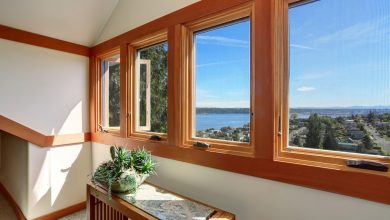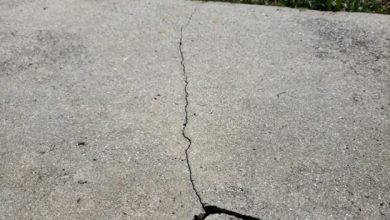How Generator Sound Attenuated Enclosures Reduce Noise Pollution

If your facility is subject to noise ordinances, a generator sound attenuated enclosure may be required. These enclosures typically offer a higher level of attenuation than primary weatherproof enclosures.
The CDC warns that prolonged exposure to noise levels above 70 decibels can damage hearing. Building a genset sound barrier is an easy way to prevent this from happening to employees and visitors.
Eliminate Noise Pollution
A generator creates a lot of noise when it is running. This noise pollution is a nuisance to neighbors and can even be a health risk for employees at industrial facilities. An excellent way to reduce generator noise is by installing a sound-attenuated enclosure. These enclosures encapsulate the generator and block out the noise while allowing for ventilation, safe access, and security.
The enclosure walls should be made from thick materials that absorb and prevent sound transmission. The fence should have only small gaps for ventilation and exhaust. To maximize the noise reduction, install acoustic insulation, such as Mega Zorbe, in the enclosure to add thermal and sound attenuation benefits.
Other ways to reduce noise pollution include:
- Placing the generator on a sound-attenuating pad or concrete.
- Keeping it as far away from buildings as possible.
- Using mufflers for the exhaust system.
By implementing multiple noise reduction strategies, you can significantly reduce the noise generated by a generator and comply with local zoning regulations and noise ordinances.
Prevent Injuries
Noise pollution is not only irritating and unpleasant; it can actually cause hearing damage. The Occupational Safety and Health Administration, or OSHA, sets standards for acceptable noise levels, and local zoning and building codes require sound mitigation in specific spaces. Building a genset enclosure reduces unwanted sound and protects employees from hearing loss while working in a noisy environment.
Sound-attenuated enclosures reduce unwanted noise by using barrier and absorption noise control strategies. Rigid barriers with substantial mass (typically steel panels) lower exterior noise, while lining air ducts and walls with sound-absorbing insulation reduces interior noise. Installing vibration dampeners and decoupling the generator set from the floor with isolation mounts further decreases noise. Baffles are often introduced into cooling air inlet and outflow ducts to reduce high-frequency noise. Combining these and other noise reduction techniques makes a generator sound attenuated enclosure significantly quieter than a standard weatherproof enclosure without sacrificing the ability to power facilities.
Eliminate Damage
Whether the generator set is running in prime power or standby applications, its operating sound levels often must be reduced to meet local noise ordinances or limit disturbances to employees and neighbors. Special sound-attenuating enclosures combine barrier and absorption noise control strategies to contain generator noise.
Rigid barriers with substantial mass and stiffness reduce the transmission of low-frequency noise. Steel enclosure walls provide sound attenuation and are usually coated with a corrosive-resistant finish.
Acoustic foam and other sound-absorbing insulation line walls, air ducts, exhaust ports, and conduit channels. This also lowers interior noise levels and helps prevent the passage of heat from the generator to its surroundings.
Whenever possible, place the generator as far as practicable from property lines and use mufflers on exhaust systems. This can reduce noise levels by as much as 6 dB(A). Avoiding excessive sound levels by enclosing the equipment in a sound-attenuated generator enclosure makes sense.
Prevent Damage to Property
Keeping generator noise to a minimum prevents it from causing damage to the equipment or surrounding property. Noise can cause vibrations that may impact electrical wiring or fuel systems. This can lead to expensive repairs and replacements. It also increases the risk of fire and robbery.
A generator sound attenuated enclosure helps keep generator noise levels low enough to prevent damage and ensures you can safely operate your generator in an emergency. However, you should ensure that your enclosure has several openings for heat release and airflow so that it doesn’t cause equipment damage or overheating.
Special sound-attenuating enclosures combine barrier and absorption noise control strategies to contain generator noise. They typically use a steel structure because of its greater mass and stiffness, providing 2-3 dB(A) better attenuation than aluminum enclosures. They can be lined with various materials, including foam or BlocknZorbe, for waterproof, outdoor-rated sound absorption.






